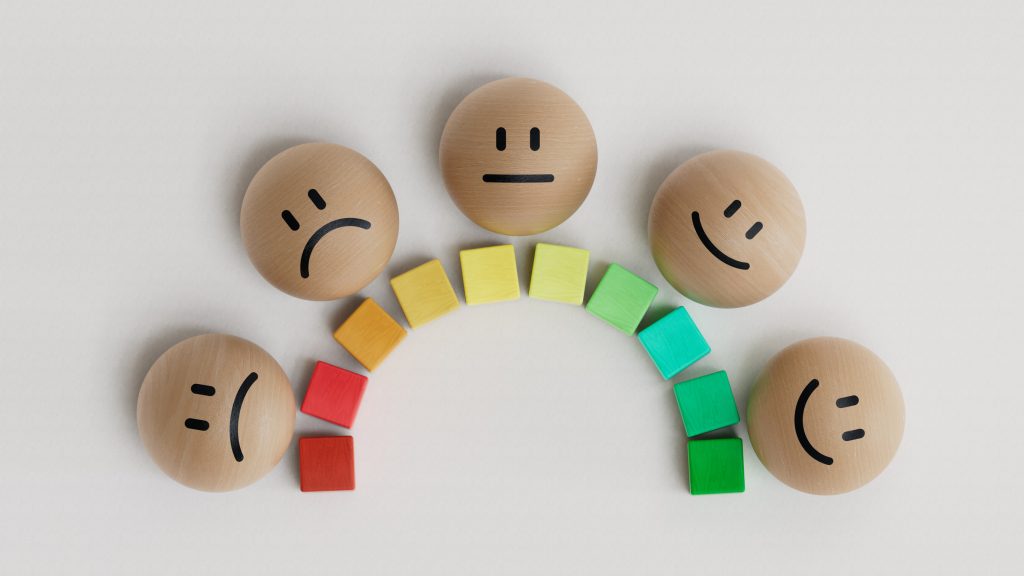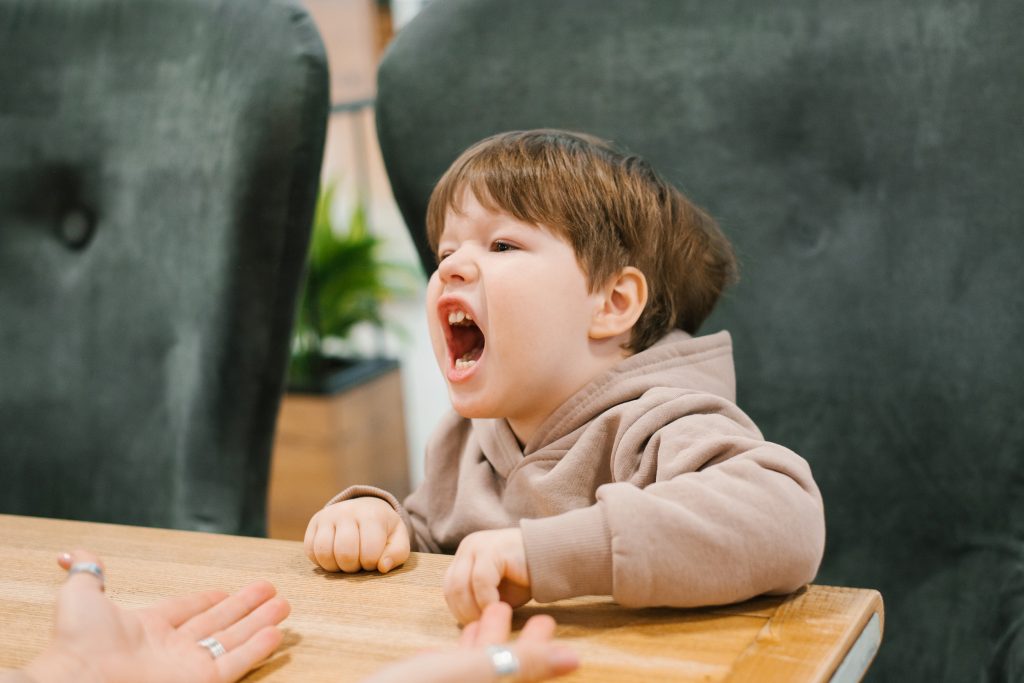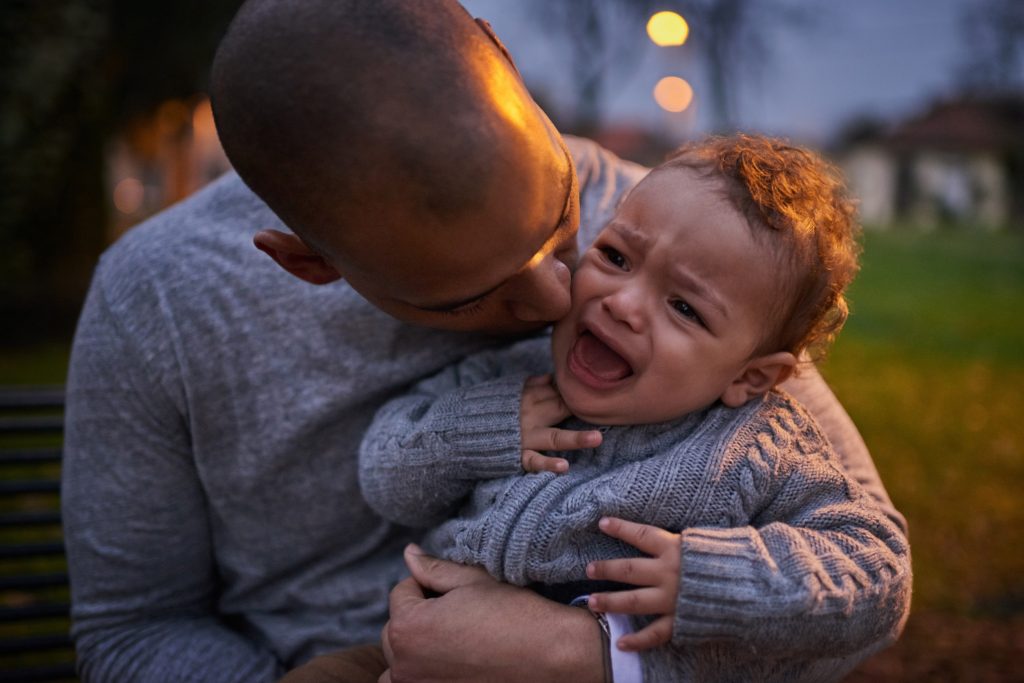You’re mid-grocery trip, and suddenly your child is screaming on the floor because you said no to cookies. Sound familiar? Tantrums can feel like emotional earthquakes—unexpected, explosive, and exhausting. But what if many of those meltdowns were actually preventable? By learning to recognize often-overlooked tantrum triggers, you can stop the chaos before it starts and create a calmer, more connected experience for your child (and for yourself).
1. Transitions Without Warning
One of the most common tantrum triggers is rushing a child from one activity to another with no heads-up. Young kids don’t switch gears easily, especially when they’re absorbed in play. Going from park time to dinnertime without a warning can feel like a loss of control. Try giving gentle countdowns— “five more minutes,” then “two more minutes”—to help them prepare emotionally. Visual timers or transition songs can also ease the shift.
2. Overstimulation in Loud or Busy Spaces
Bright lights, loud noises, crowded areas, or even a playdate with too many friends can push kids past their threshold. These kinds of environments overwhelm their developing sensory systems. When kids get overstimulated, their bodies react with fight-or-flight responses, which can come out as yelling, crying, or flailing. If your child is prone to meltdowns in public places, it may be due to overlooked tantrum triggers like sensory overload. Look for signs they’re reaching their limit and take breaks before it escalates.
3. Hunger and Thirst (a.k.a. “Hangry” Attacks)
Even adults get grumpy when they’re hungry, and little bodies are even more sensitive. Blood sugar crashes can dramatically affect mood, energy, and patience. One of the easiest tantrum triggers to manage is making sure snacks and water are always on hand. Avoid sugary foods that cause quick spikes and crashes—protein or fiber-rich snacks work better. If your child is melting down over what seems like nothing, pause to ask: “When did they last eat?”
4. Unclear or Inconsistent Expectations
Kids thrive on structure, but if the rules change from day to day or aren’t clearly explained, it creates confusion and frustration. A toddler allowed to run indoors one day and scolded for it the next doesn’t know what to expect. Inconsistency can make children feel like the world is unpredictable, which fuels outbursts. Avoid tantrum triggers like mixed messages by setting simple, age-appropriate boundaries and sticking to them. Consistency builds trust and a sense of safety.
5. Feeling Ignored or Unseen
Children act out when they feel they aren’t getting enough attention, even if that attention turns negative. If you’ve been busy with a sibling, work, or chores, your child may throw a tantrum just to reconnect. One of the more emotional tantrum triggers is simply the desire to feel noticed. Building in small moments of undivided attention throughout the day can help meet this need in healthier ways. Even ten minutes of eye contact and play can go a long way.
6. Lack of Sleep or Rest
Sleep-deprived kids have very little emotional bandwidth. Tired brains struggle to self-regulate, making every bump in the day feel like a crisis. Even if bedtime has been consistent, missed naps or poor-quality nighttime sleep can stack up fast. If tantrums seem to hit in the late afternoon or early evening, sleep is likely the culprit. Prioritizing rest—and staying ahead of exhaustion—can prevent these tantrum triggers from spiraling into full-blown meltdowns.
7. Big Emotions They Don’t Know How to Express
Sometimes the tantrum isn’t about cookies or shoes at all. It’s about sadness, frustration, jealousy, or disappointment that they don’t yet have the words to explain. Tantrum triggers often boil down to emotions that are too big for their language skills. Help by naming the emotion for them: “You’re really mad that your block tower fell.” Validating the feeling without giving in teaches emotional intelligence over time. It also shows that you’re on their team—even in the middle of the storm.
It’s Not Just a Tantrum—It’s Communication
Tantrums can feel random, but more often than not, they’re signals. Signals that something is off—too much, too fast, too confusing, or too overwhelming. Understanding these hidden tantrum triggers helps you parent with greater empathy and fewer surprises. You’re not just managing behavior; you’re building emotional awareness in your child—and deepening the connection that gets you both through the tough stuff.
Which of these tantrum triggers have you noticed in your child? Are there others we missed that surprised you? Share your experience in the comments—we’d love to hear your thoughts!
Read More:
Why Tantrums Are Actually a Good Sign (And How to Respond)
10 Things Parents Should NEVER Do During a Public Tantrum
Catherine is a tech-savvy writer who has focused on the personal finance space for more than eight years. She has a Bachelor’s in Information Technology and enjoys showcasing how tech can simplify everyday personal finance tasks like budgeting, spending tracking, and planning for the future. Additionally, she’s explored the ins and outs of the world of side hustles and loves to share what she’s learned along the way. When she’s not working, you can find her relaxing at home in the Pacific Northwest with her two cats or enjoying a cup of coffee at her neighborhood cafe.









